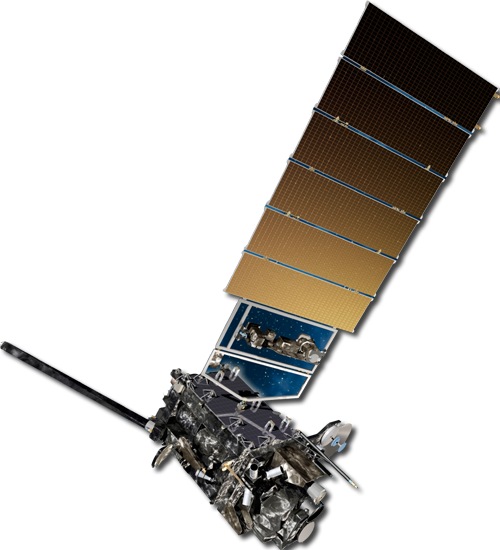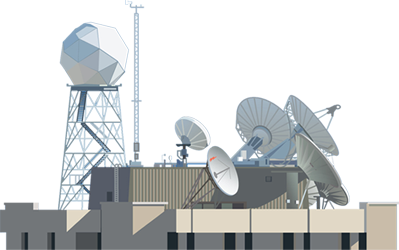Wild Weather

Summary
When the Galveston Hurricane hit Texas in September of 1900, the seaside village had
no way of knowing that a monstrous hurricane was bearing down on them. The weather
bureau had received a ship report of a tropical disturbance in the Atlantic four days
earlier, but forecasters assumed it was headed for Florida. Without weather satellites
or modern communication capabilities, people didn’t realize that evacuation was
necessary until it was too late. The low-lying, three-mile-wide by 30-mile long, island
offered no protection from the Category 4 hurricane. Most victims drowned as the ocean
inundated the island and an enormous wall of water leveled house after house. Persistent
100+ mph winds pummeled the island for hours after the storm surge. By the time the
Galveston hurricane had moved inland, one-fifth of the island's population (8,000 people)
had lost their lives.
This sort of surprise weather scenario is unthinkable in the 21st century thanks to weather
satellites. Meteorologists track the weather
world-wide using satellite imagery worldwide from the moment they start to the time
when they dissipate days or weeks later.
And since
many remote sensing instruments flown on satellites offer information about clear air regions
of the atmosphere, scientists can detect the potential for weather before it even develops.
Once severe weather materializes, satellite observations play an important role in monitoring
the location and intensity of storms.
Today, satellites augment every aspect of modern life. Satellite technology
is an essential tool for forecasting the weather, monitoring storms, and protecting
people from potentially deadly weather events.
| 15/ 15 | Next Module |





